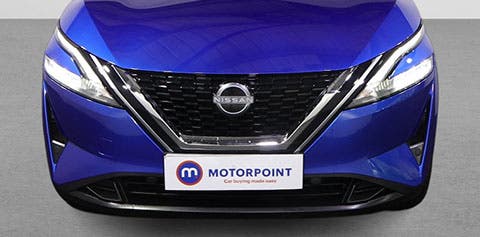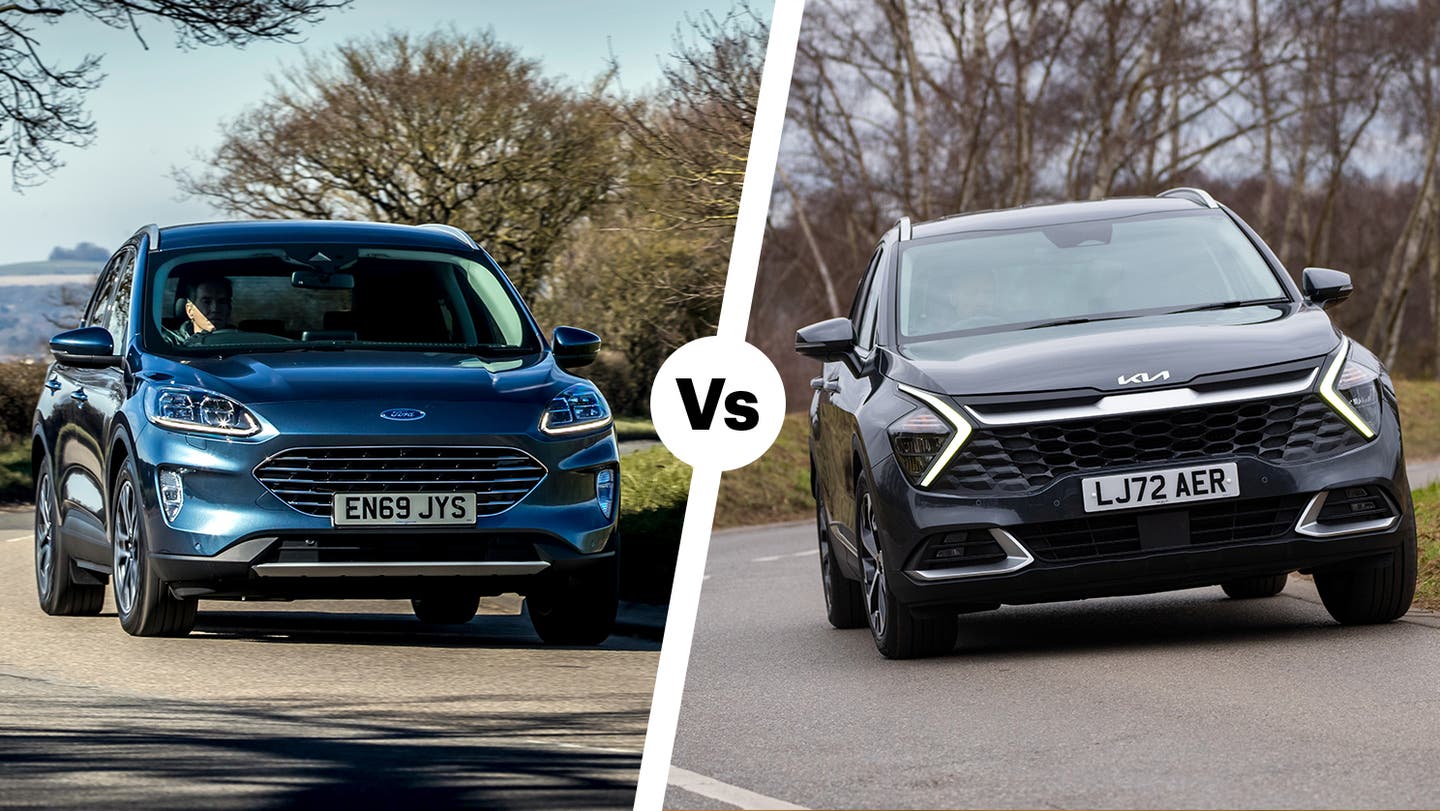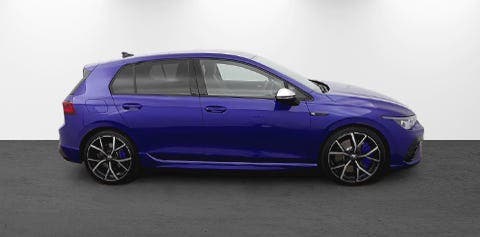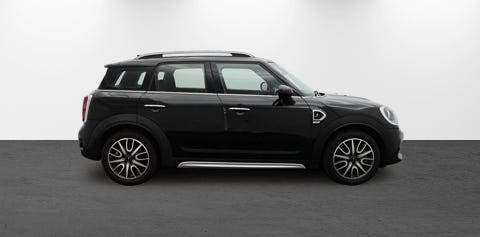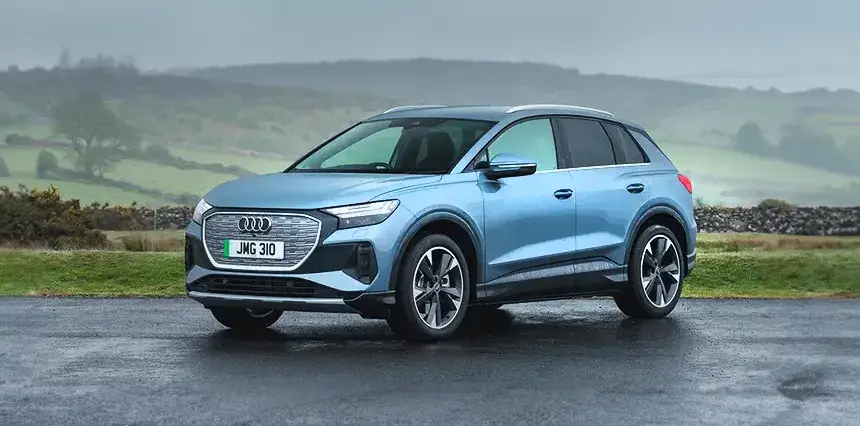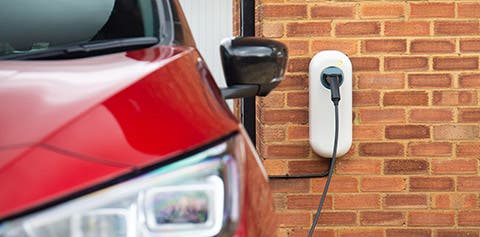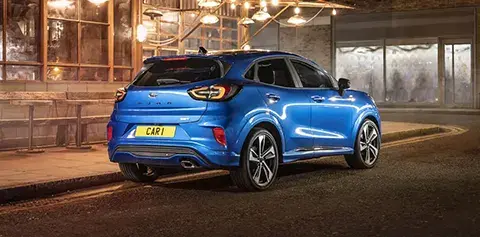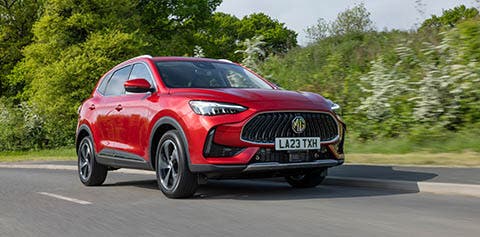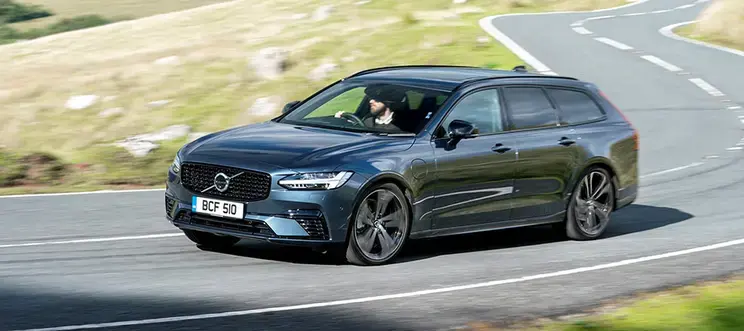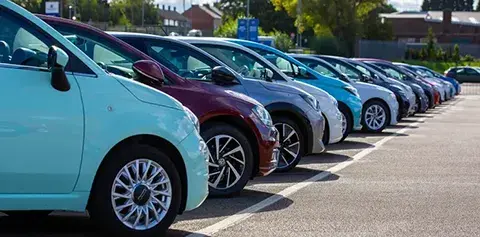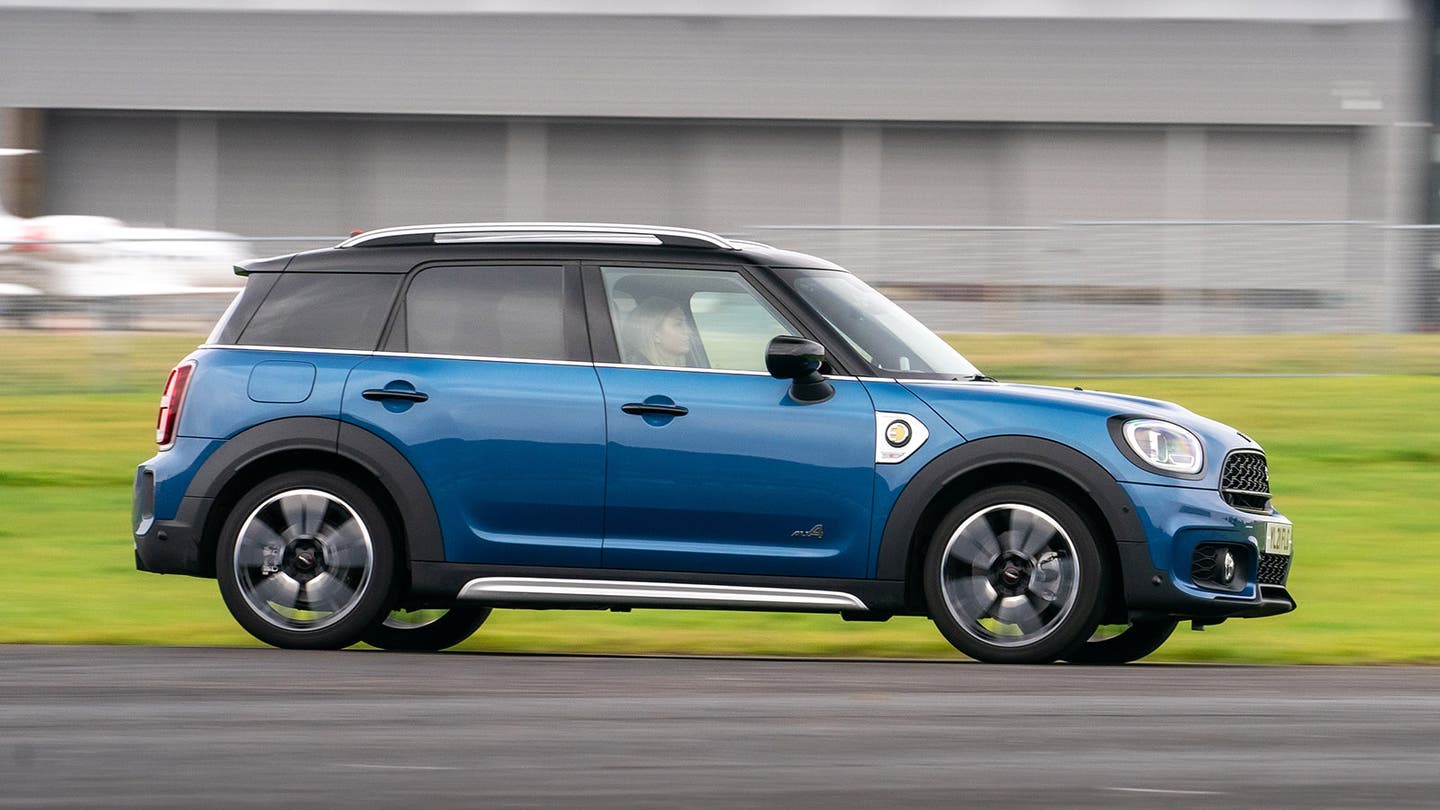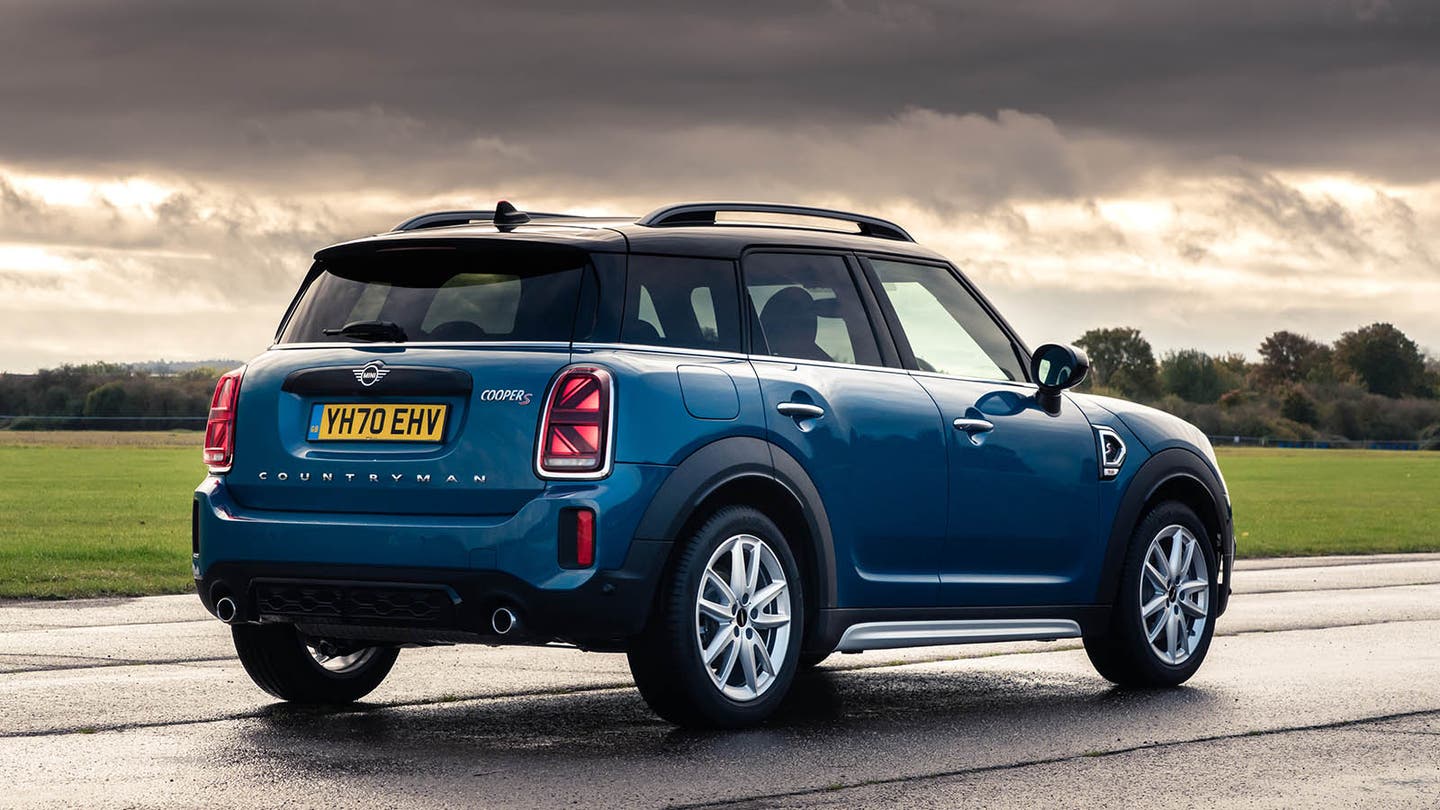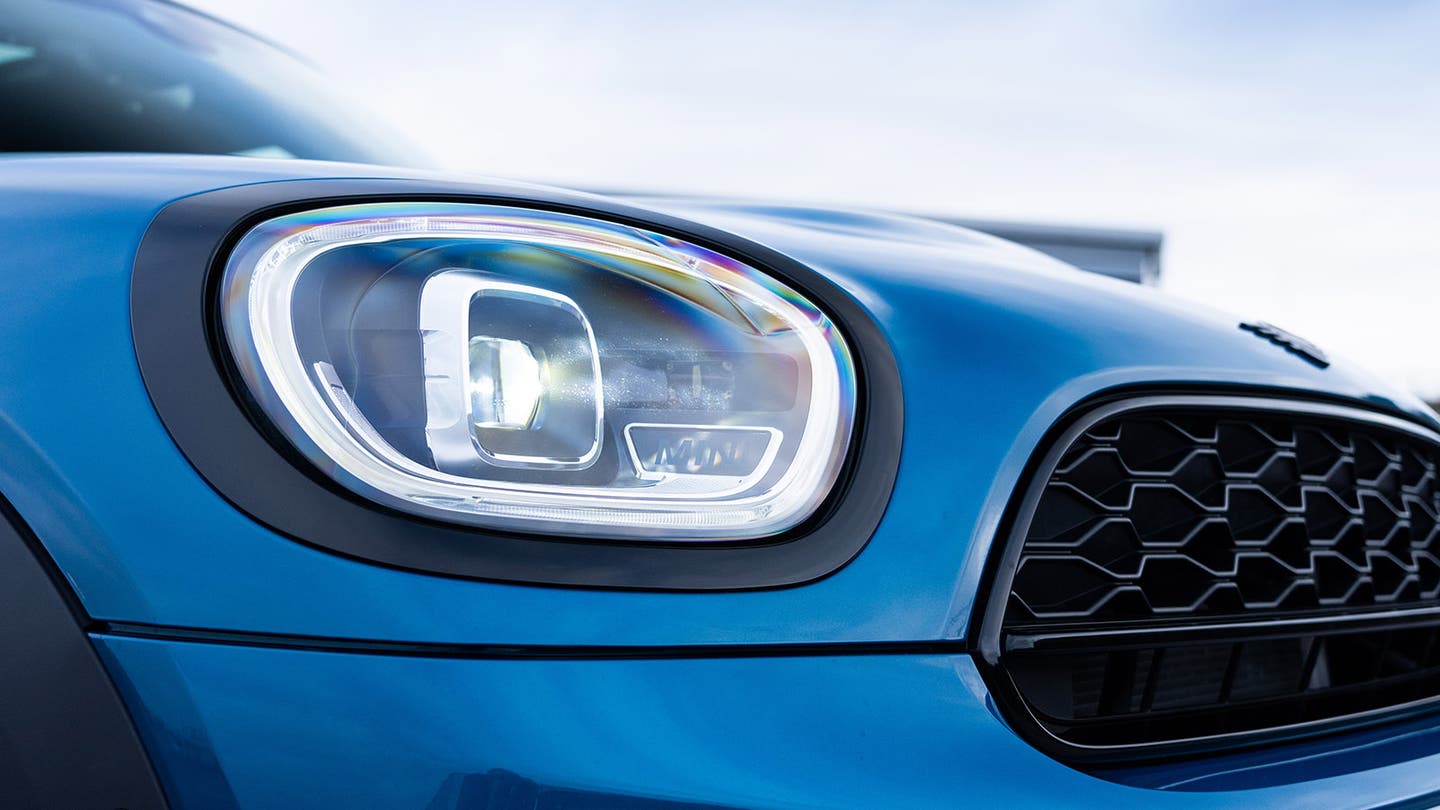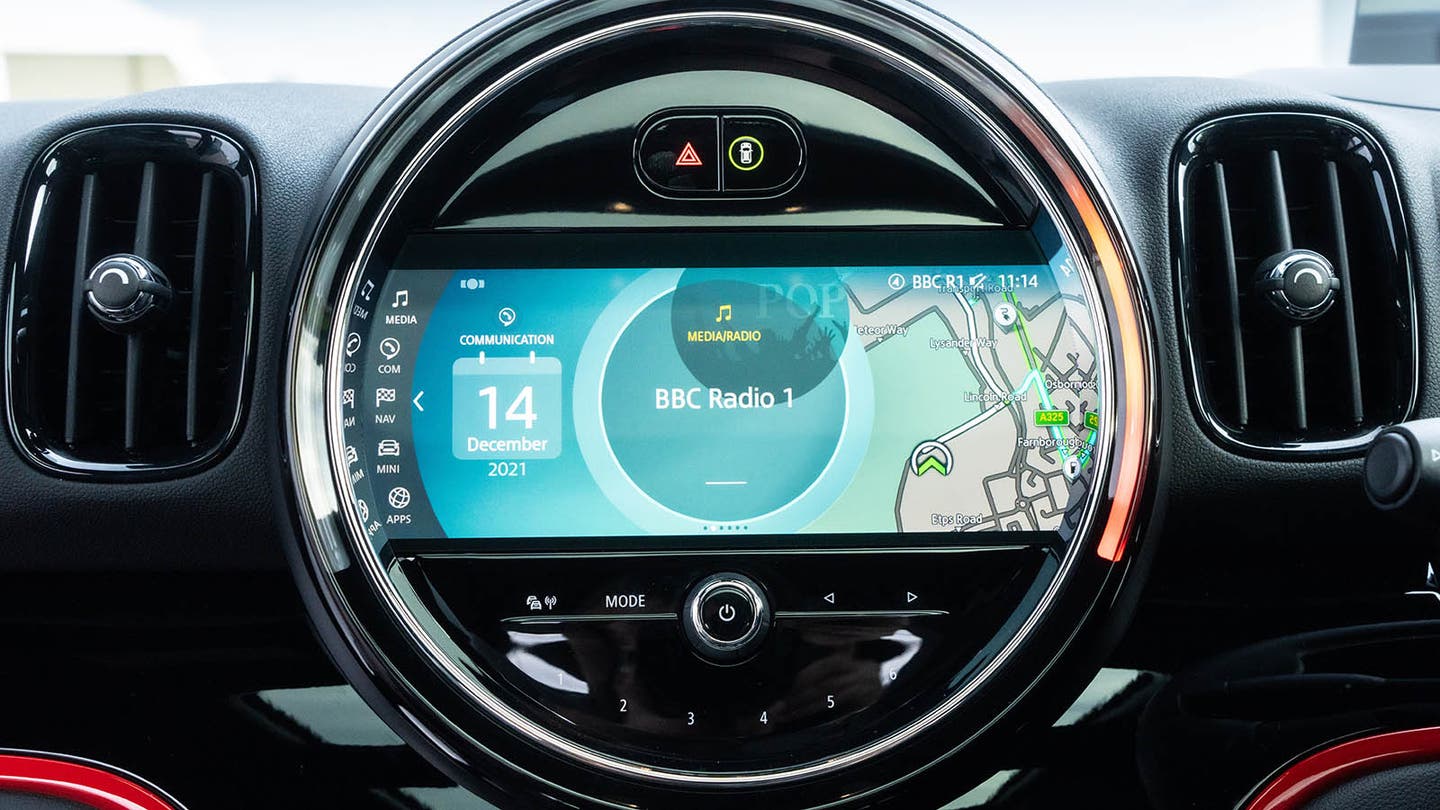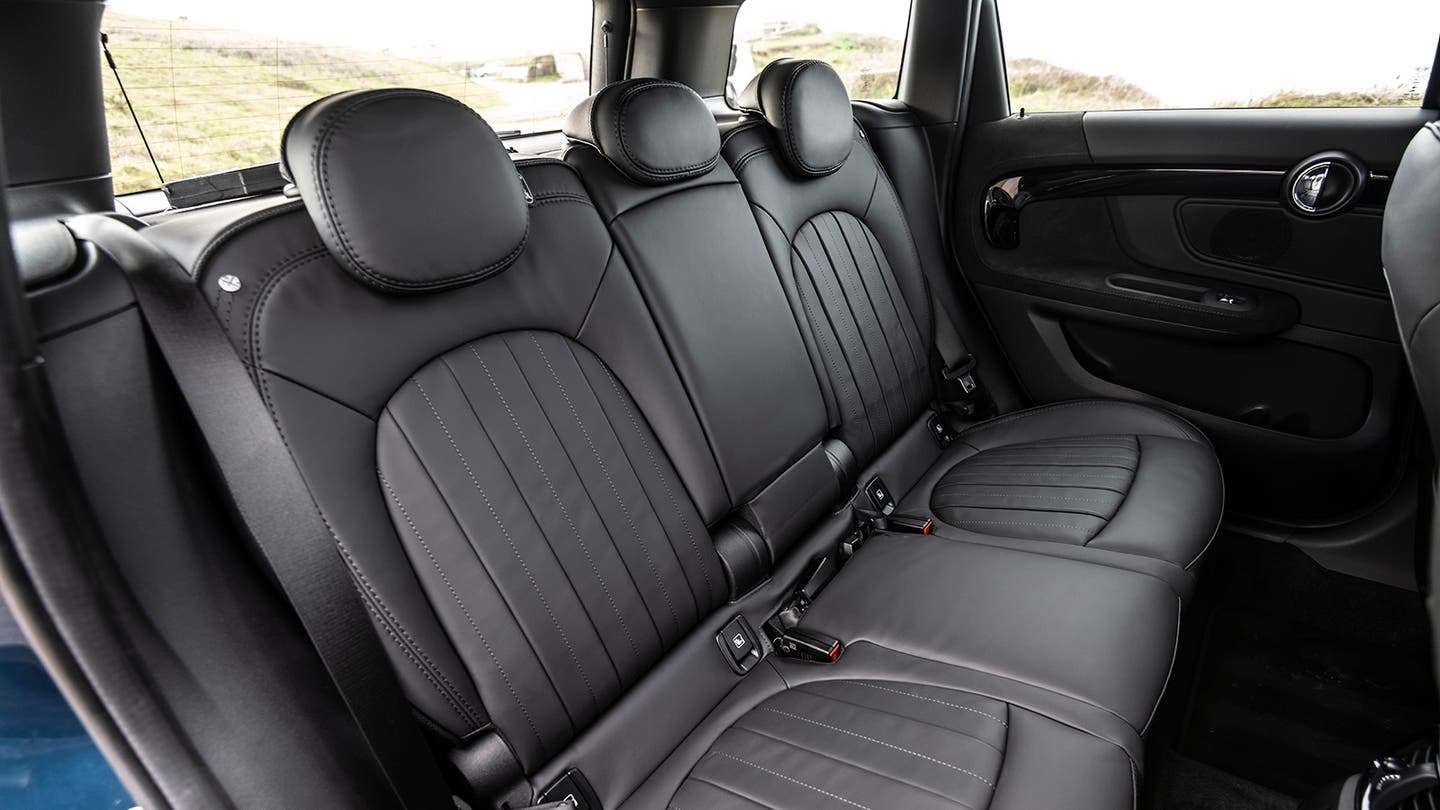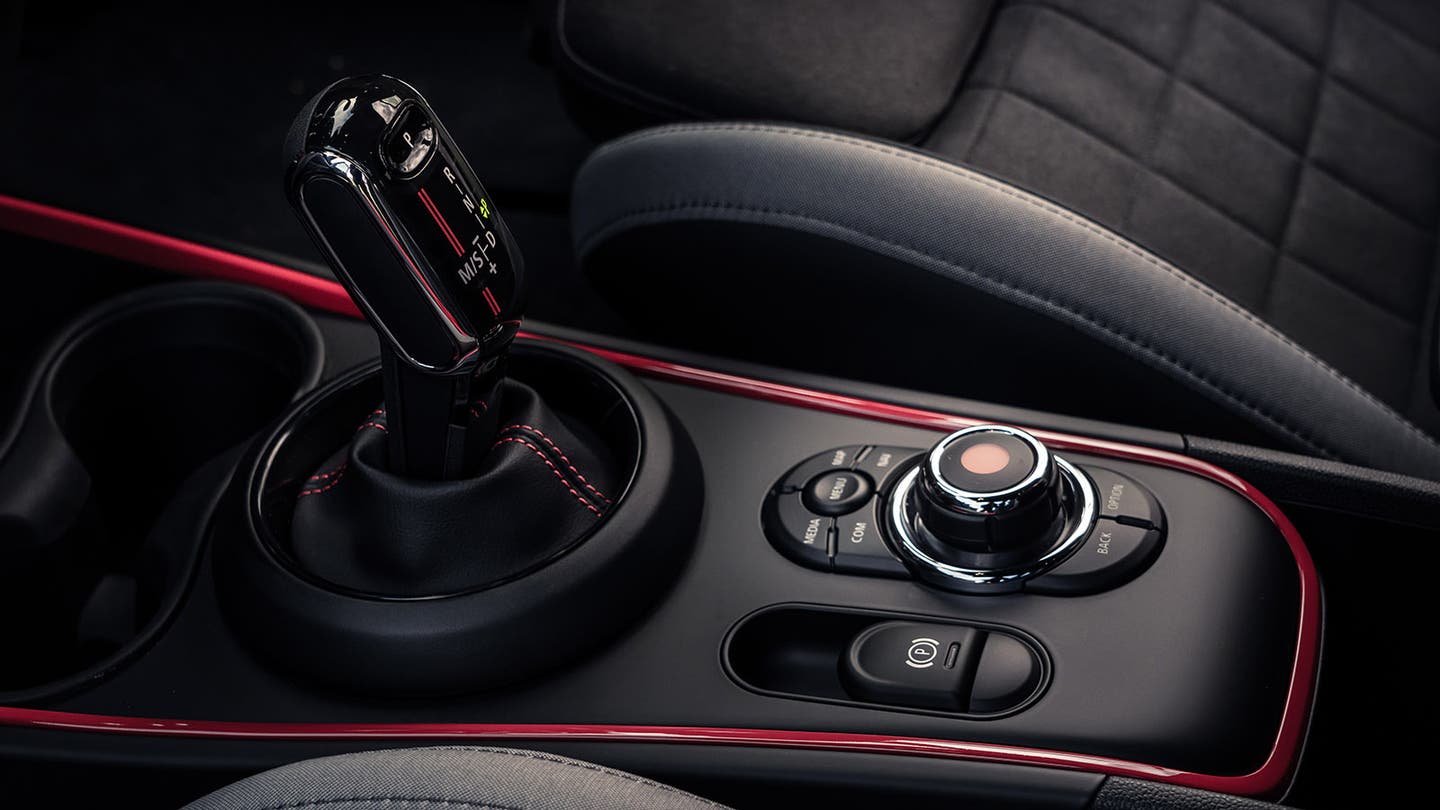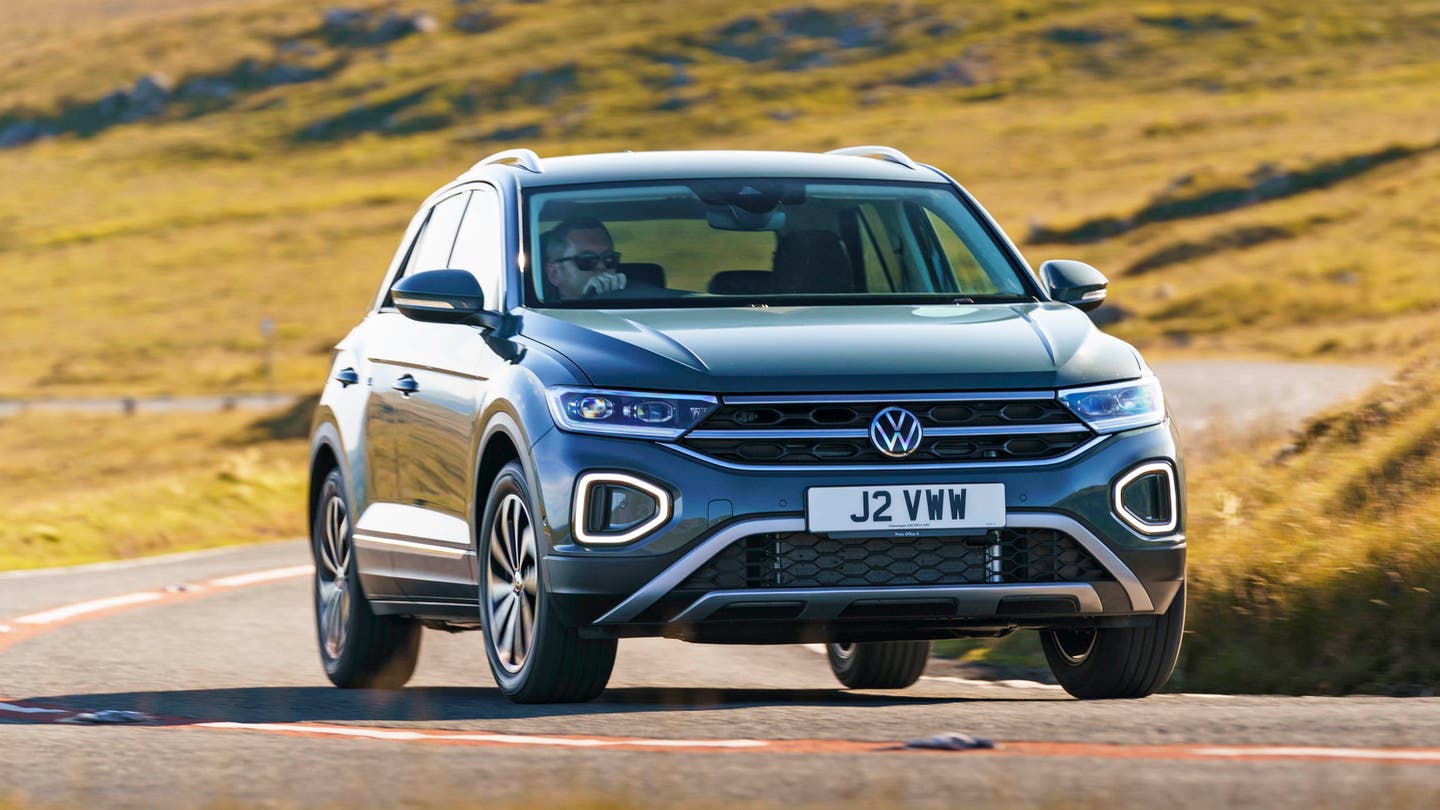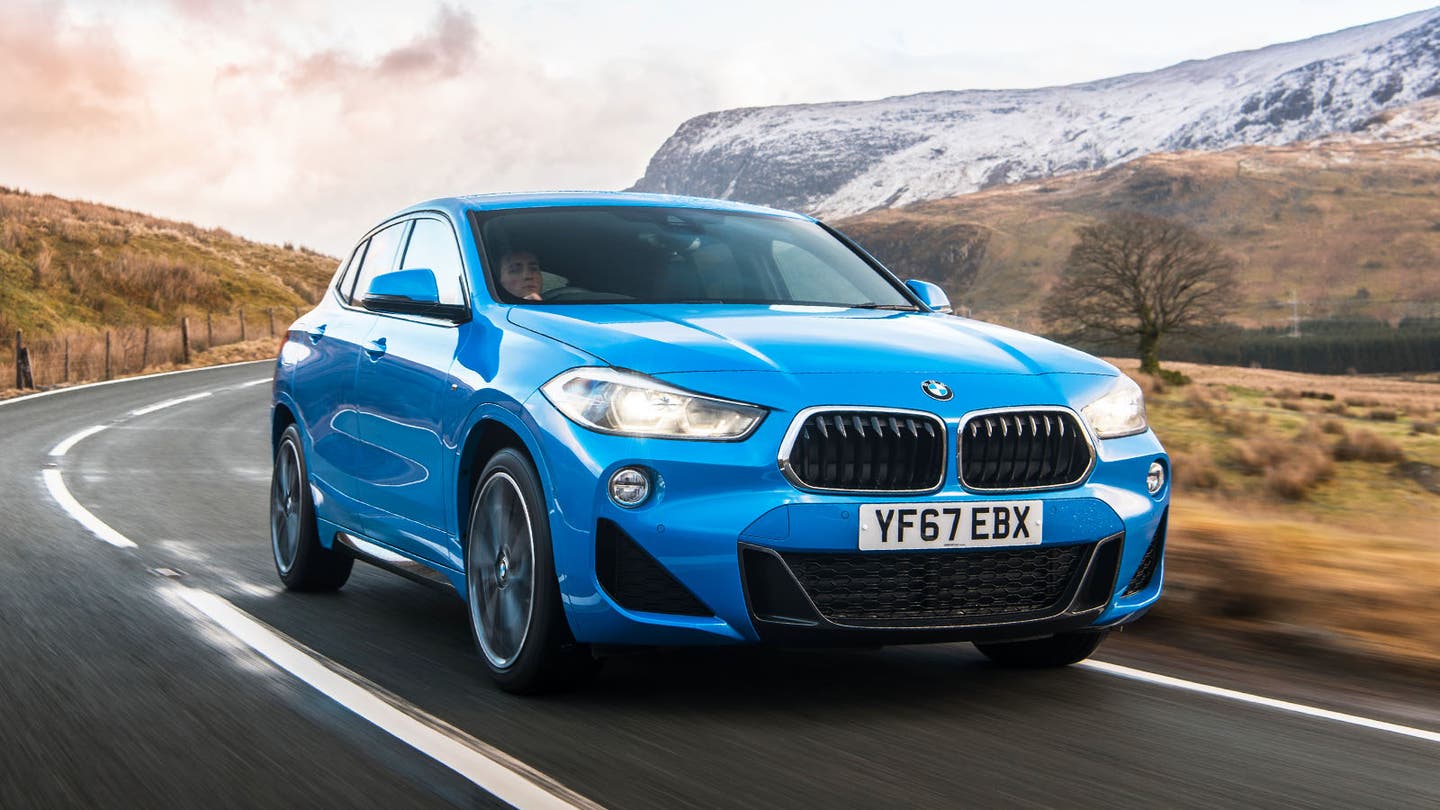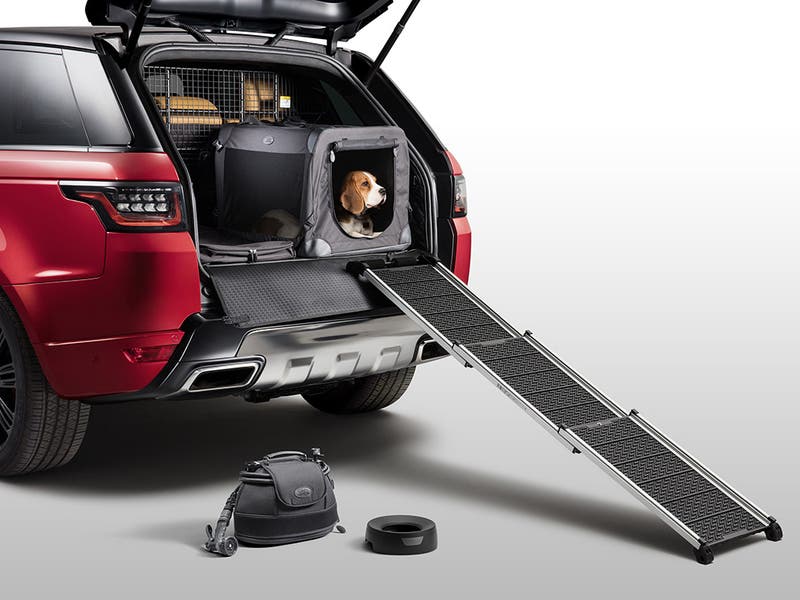
Mini Countryman interior, tech and practicality
Gallery
Comfort and visibility
The raised ride height is the giveaway that you’re in the Countryman – and it gives you a better view of the road ahead than the low-slung Mini hatchback. Otherwise, the Countryman’s interior is nigh-on identical to any other contemporary Mini model. The circular centre console recalls Mini’s previous models and adds character, but it’s no longer used to house the speedo.
Instead, all modern Countryman models get a touchscreen infotainment system here, and the dials have been moved to a more conventional place behind the steering wheel. Below the touchscreen are physical climate control dials and a set of toggle switches that act as shortcut keys – and make you feel like you're piloting a plane. This button-heavy layout makes it super easy to use the controls while you're driving.
On first impressions, the material quality in the Countryman is excellent. There are leather-trimmed surfaces where you’ll touch and plastics that don’t feel at all flimsy. Build quality is as good as you’d expect for something produced by BMW, too. Minor annoyances are the cheap-feeling steering wheel buttons and that some often-used areas are prone to scratches and scuffs – suggesting the Countryman’s interior may not look its best after a few years of family life.
We’ll not dwell on that too long, though, because the Countryman’s interior is largely positive. The seats are a highlight – higher-end versions see them trimmed in soft leather and they’re very supportive. Visibility out the back is slightly affected by the slim rear windscreen and thick pillars but, otherwise, the Countryman’s shape makes it easy to see around you.
Standard equipment
Mini has added to the Countryman’s equipment list several times since it launched, so we’d recommend checking the exact spec of the car you’re interested in to make sure it comes with all your must-have features.
The Cooper and Cooper S engines both come with a choice of Classic, Sport or Exclusive trim levels – so you can have the least powerful engine with a sporty look, or the more powerful engine with a more basic look if you wish.
Classic trim includes alloy wheels – 16-inch for Cooper and 17-inch for Cooper S – along with cloth trim, sat nav, DAB radio, rear parking sensors and automatic wipers. LED headlights are fitted on cars built from May 2020 but earlier examples get halogen bulbs.
Sport and Exclusive cost the same on new cars, but focus on sportiness and luxury respectively. The former adds a sharper body kit, 18-inch alloys, cruise control and sports seats, plus a host of John Cooper Works badges. Exclusive trim adds more chrome and more leather.
Despite the smattering of JCW badges on the Sport trim, there is also a standalone John Cooper Works model. It has the most powerful engine and tasty performance upgrades, plus sports suspension and red trim inside and out.
Infotainment and audio
Even since touchscreens have become a must-have feature, Mini has persisted with a circular housing for its essentially rectangular touchscreen. That leaves the screen looking a little squished, but it does mean there’s room for buttons that allow you to save your preferred settings and get to them quickly.
A 6.5-inch touchscreen was standard equipment, with an 8.8-inch screen optional – this larger screen became standard in more recent years. Digital dials are now on the equipment list, too. Both touchscreens feature sat nav and Apple CarPlay connectivity as standard, but you’ll have to use Mini’s infotainment system if you don’t have an iPhone as Android Auto isn’t included.
That’s no real hardship, as the Mini system is a good one. It’s a variation of BMW’s iDrive system, so its numerous features are crowbarred into various submenus. These can seem daunting at first but you soon get used to it. The touchscreen is quick to respond and recognises pinch and swipe gestures – on the map, for example – much like your smartphone does.
You don’t have to touch the screen at all because, like the majority of BMWs, it features a physical controller on the lower centre console, surrounded by shortcut buttons to the media homepage and nav functions. This setup makes it super easy to use while you’re driving. Voice control is available if you want to keep both hands on the wheel at all times.
On Countryman models with driving modes, the display changes colour – red for sportiness and danger, green for grandma-footed economy driving. But Mini – a brand always keen to inject some fun into its cars – has also given you an animated fish to play with when in Eco mode. Drive fast and the fish clings onto its ‘bowl’ for dear life, but drive sensibly and it’ll reward you with happy backflips and an increased star rating. It’s to get you to drive economically, and it should help you achieve the Countryman’s quoted fuel efficiency figures.
Rear seat space
At a hair’s width under 4.3 metres long, the Countryman isn’t a huge car. It’s shorter than a Mercedes A-Class, and on a par with the Peugeot 2008. Once you consider that, the Countryman’s practicality is very impressive.
Two adults can sit behind each other as long as neither is extremely tall. Neither legroom nor kneeroom are in short supply, and the seats themselves are nearly as comfortable as the front chairs. The backrests are adjustable so you can have them how you like them. The Mini’s boxy shape means there’s plenty of headroom, too.
Travelling with five adults on board will be a serious squeeze, so it’s only really an option for short journeys. The centre-rear seat itself is much smaller and the central gearbox tunnel cuts into legroom so the middle seat occupant will have to nab some of the foot space of the people on either side.
Boot space
The Countryman’s 450-litre boot is bigger than the space you get in other style-led SUVs like the Cupra Formentor and Range Rover Evoque. It’s a nice, square shape with a couple of handy nets and hooks, and the available space is more than enough for a fortnight’s food shopping or most families’ holiday luggage. While the Countryman’s raised ride height doesn’t make it the easiest car to load bulky items into, there’s no load lip to worry about.
There’s also a large underfloor storage area that’s ideal for stashing valuables out of sight. The rear seats fold in a 40:20:40 split, allowing you to carry long, thin items like fishing rods in between two rear passengers. Or, fold them all down and the space swells to 1,390 litres.
Plug-in hybrid versions offer 405 litres of space with the seats up, and 1,275 litres with the seats down. That’s pretty good for a plug-in hybrid – the Countryman’s closest plug-in rivals typically offer less space than this.

